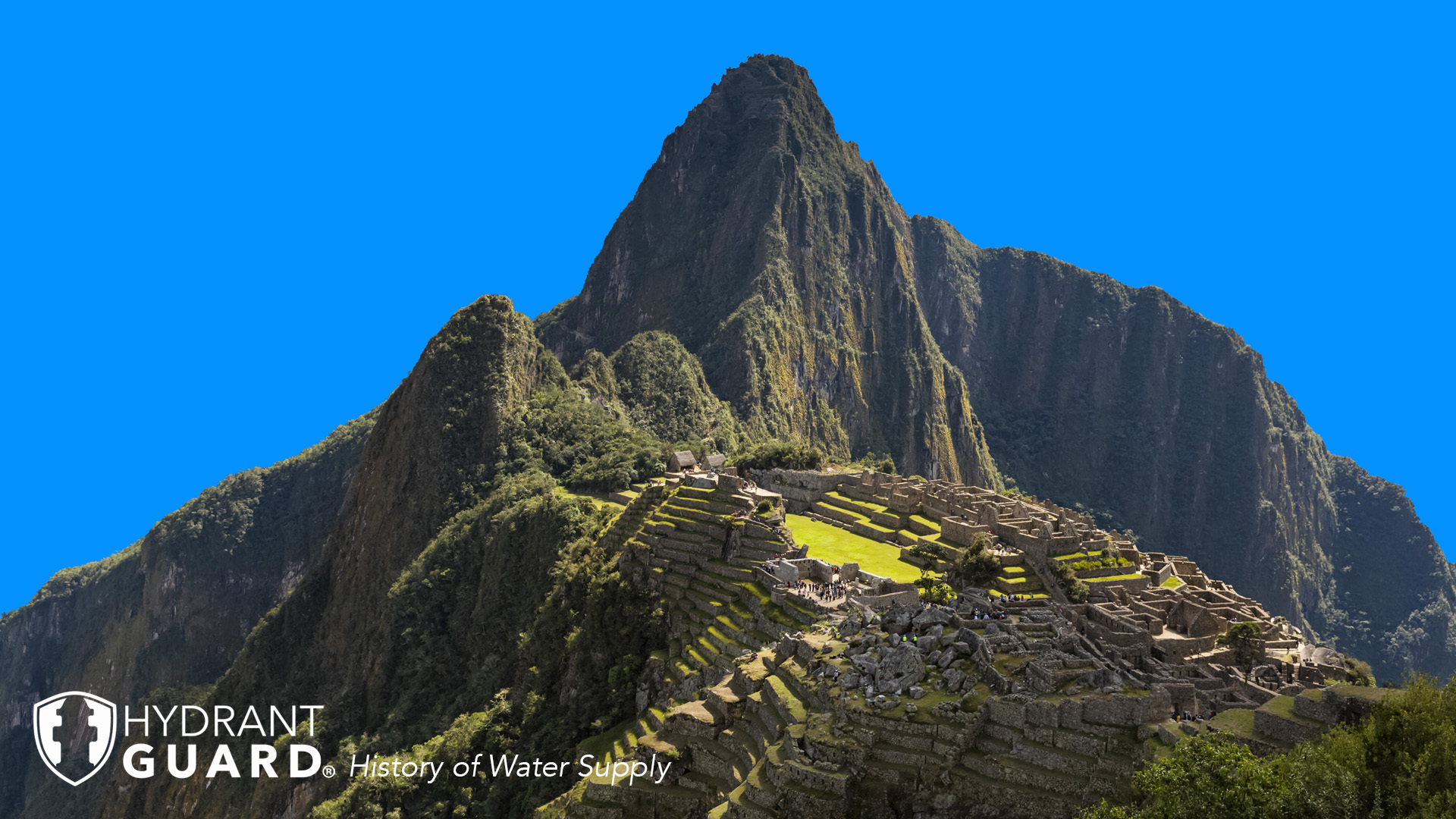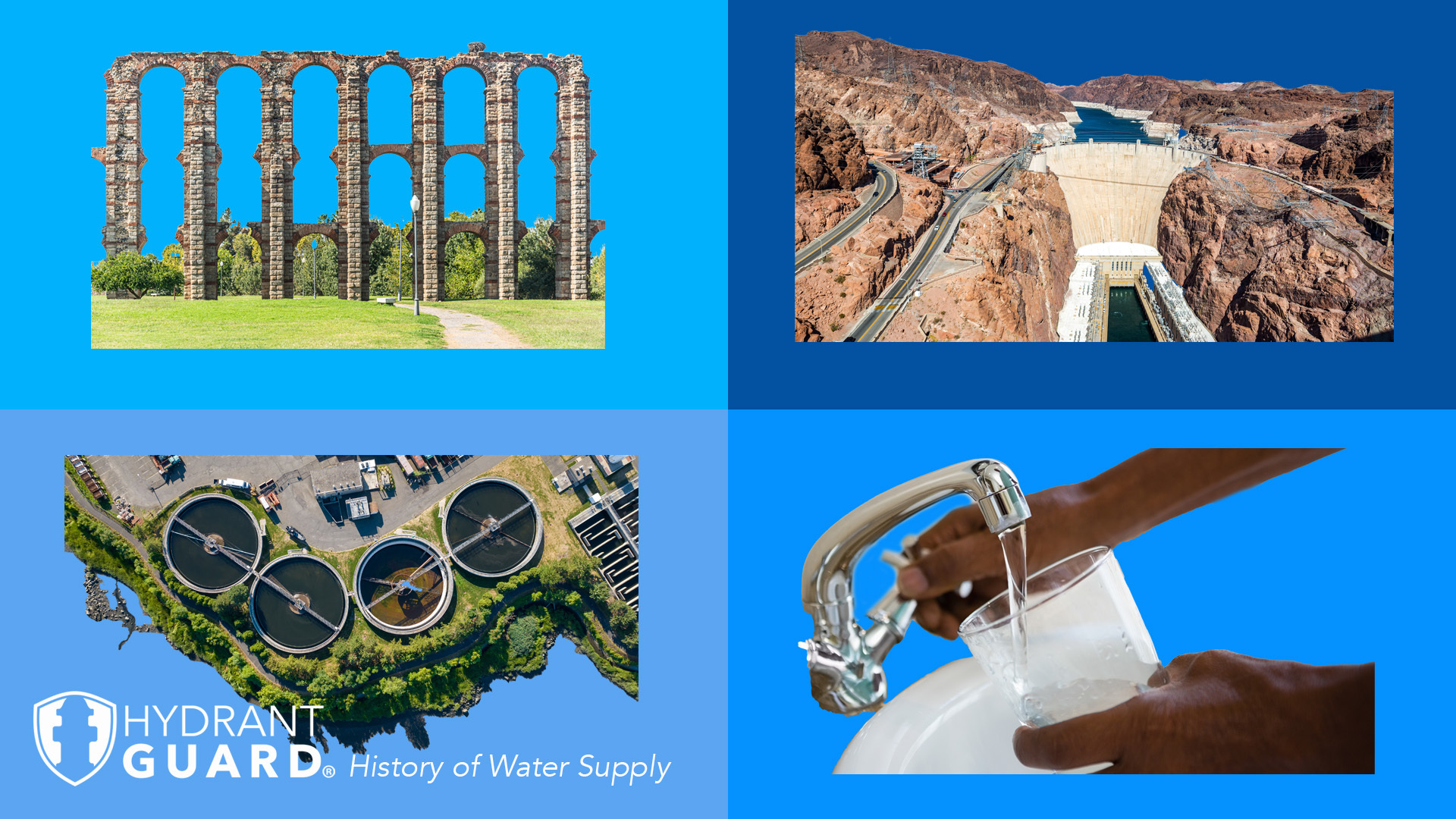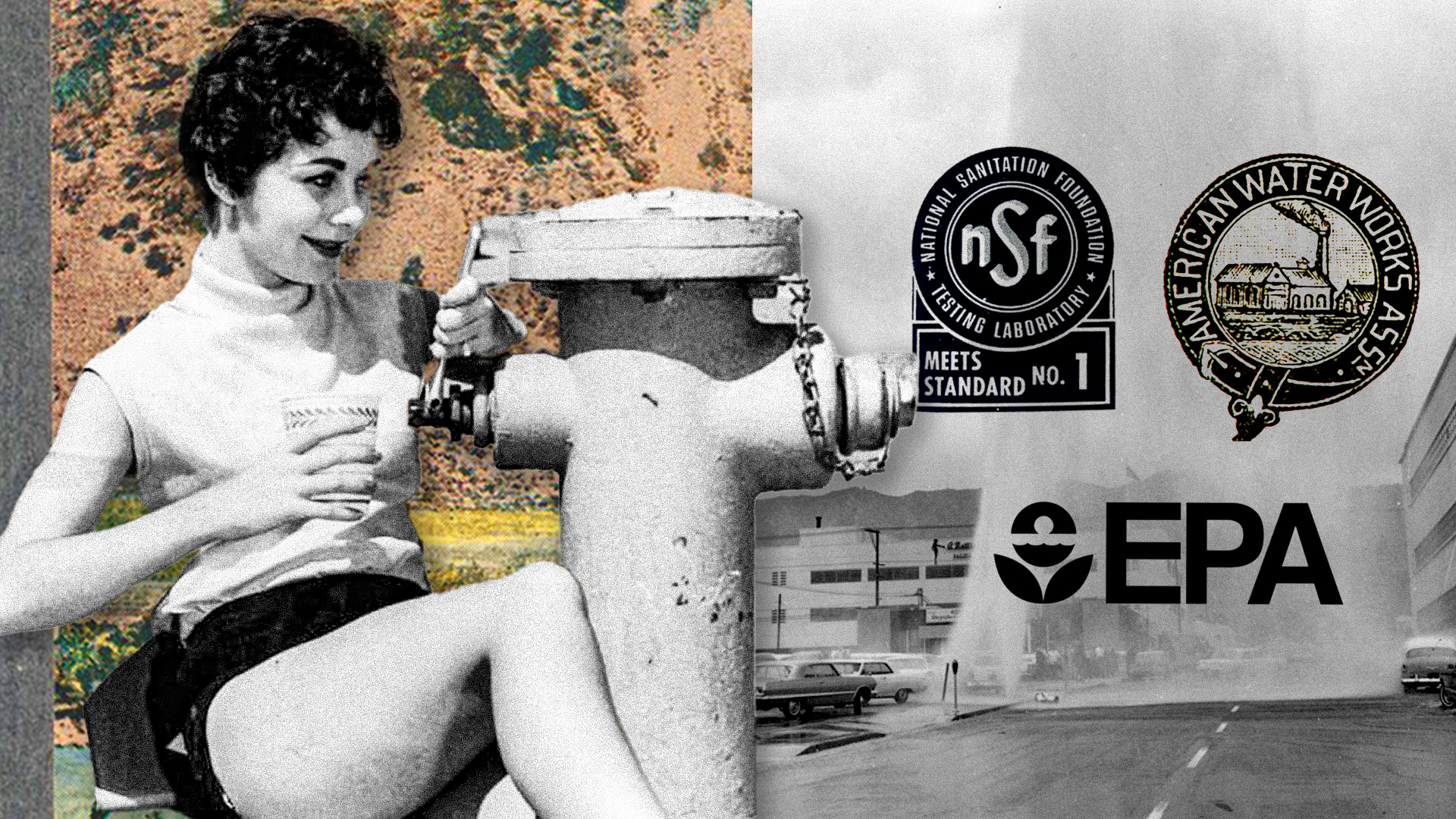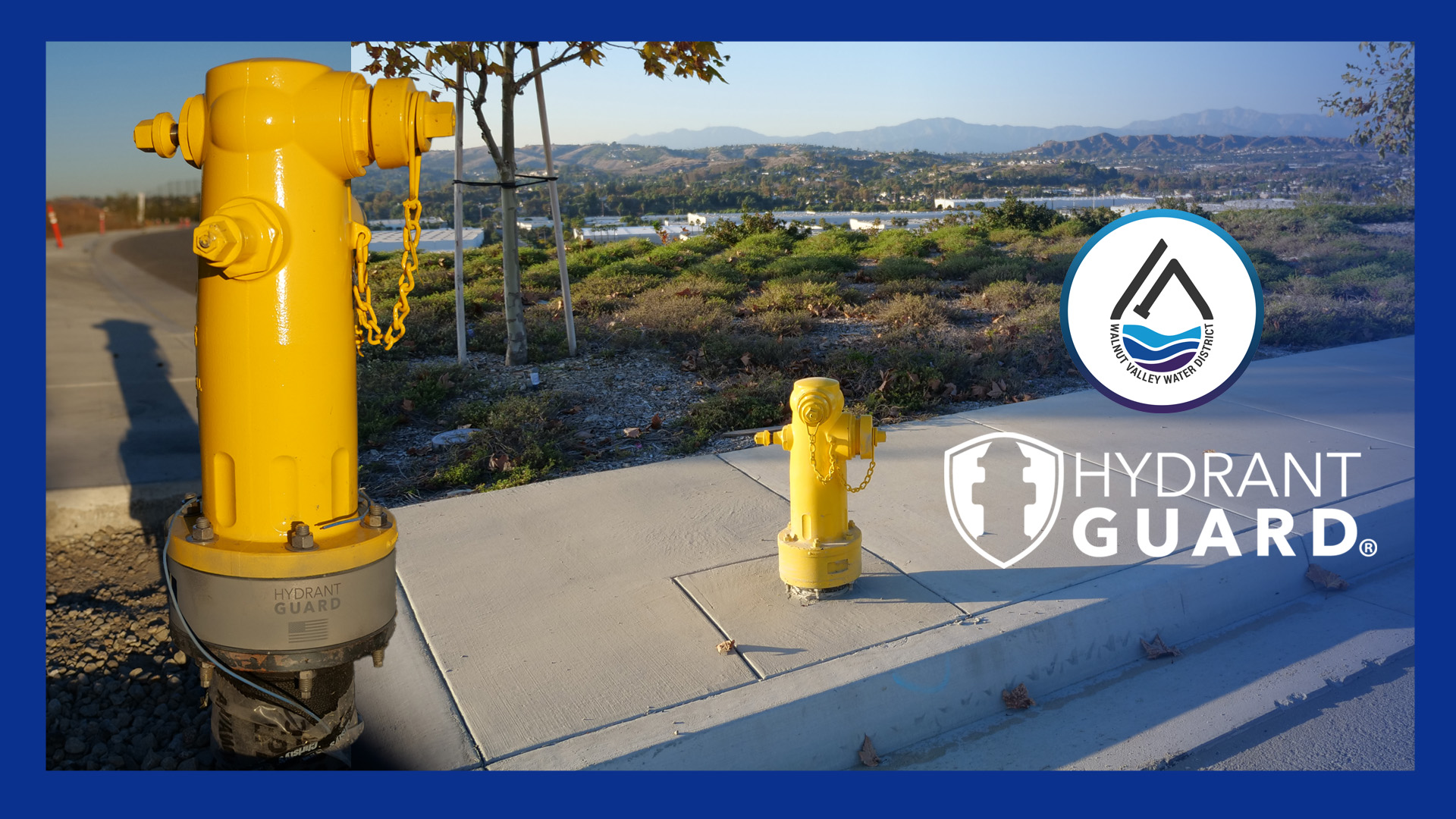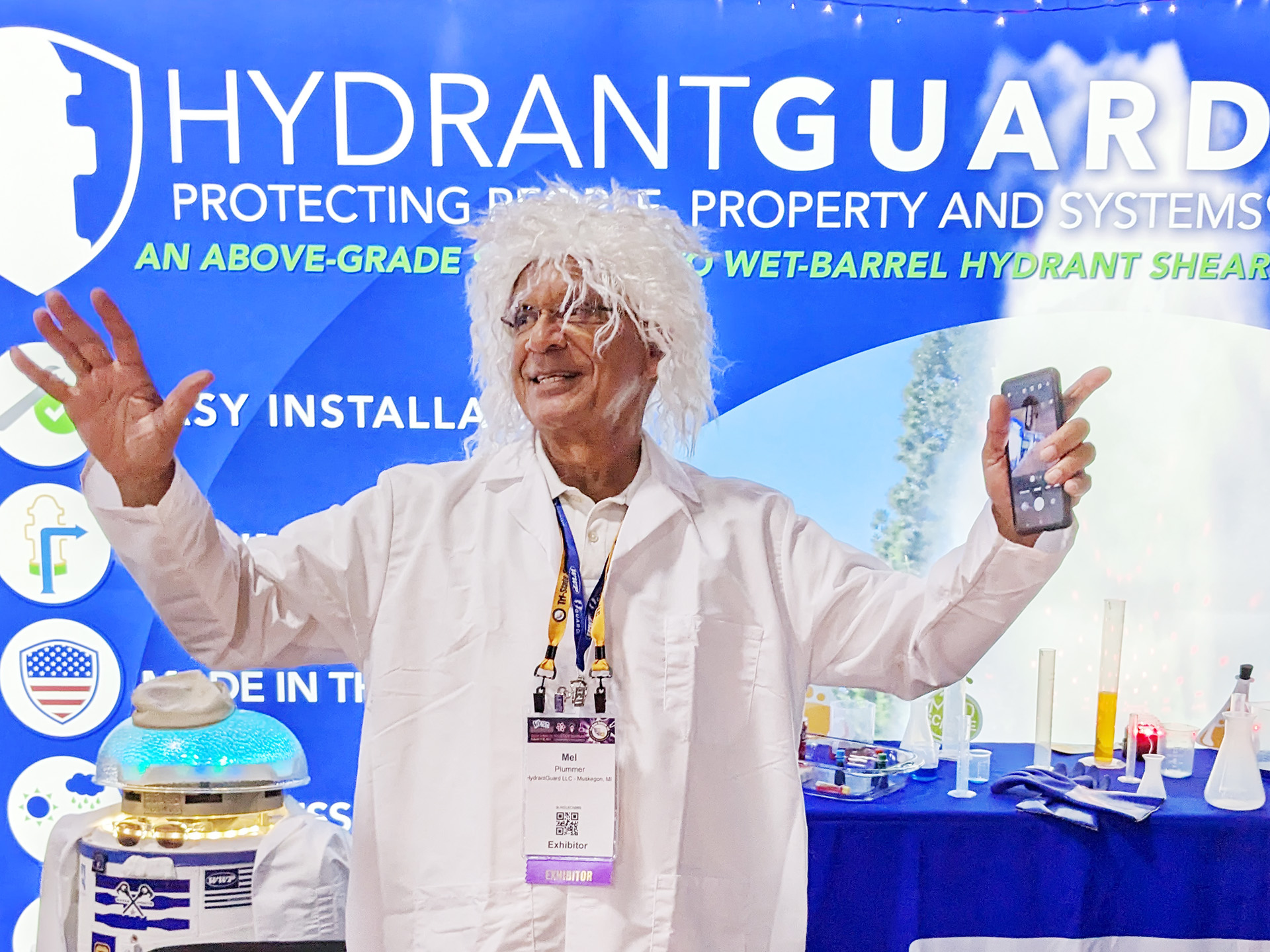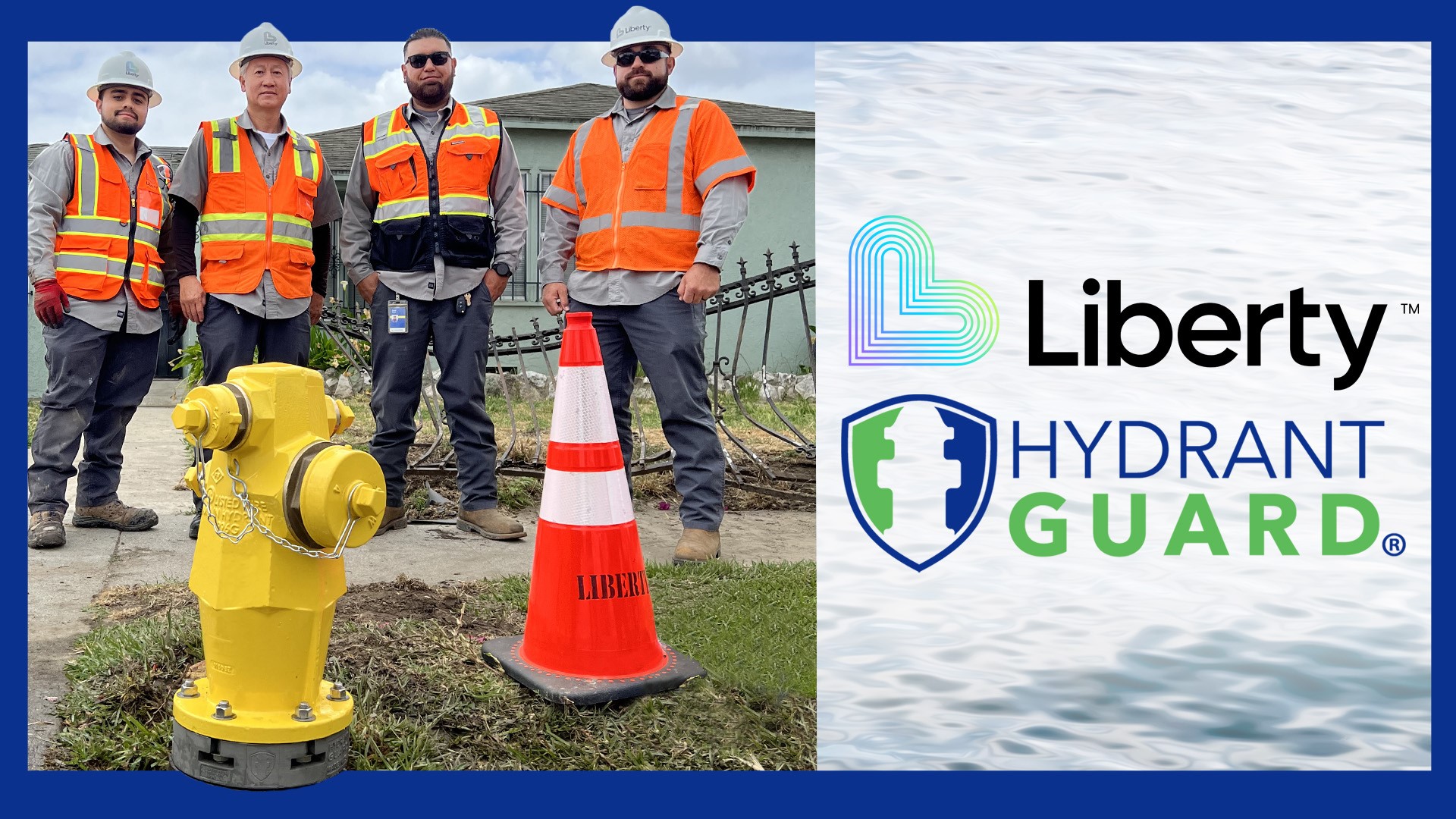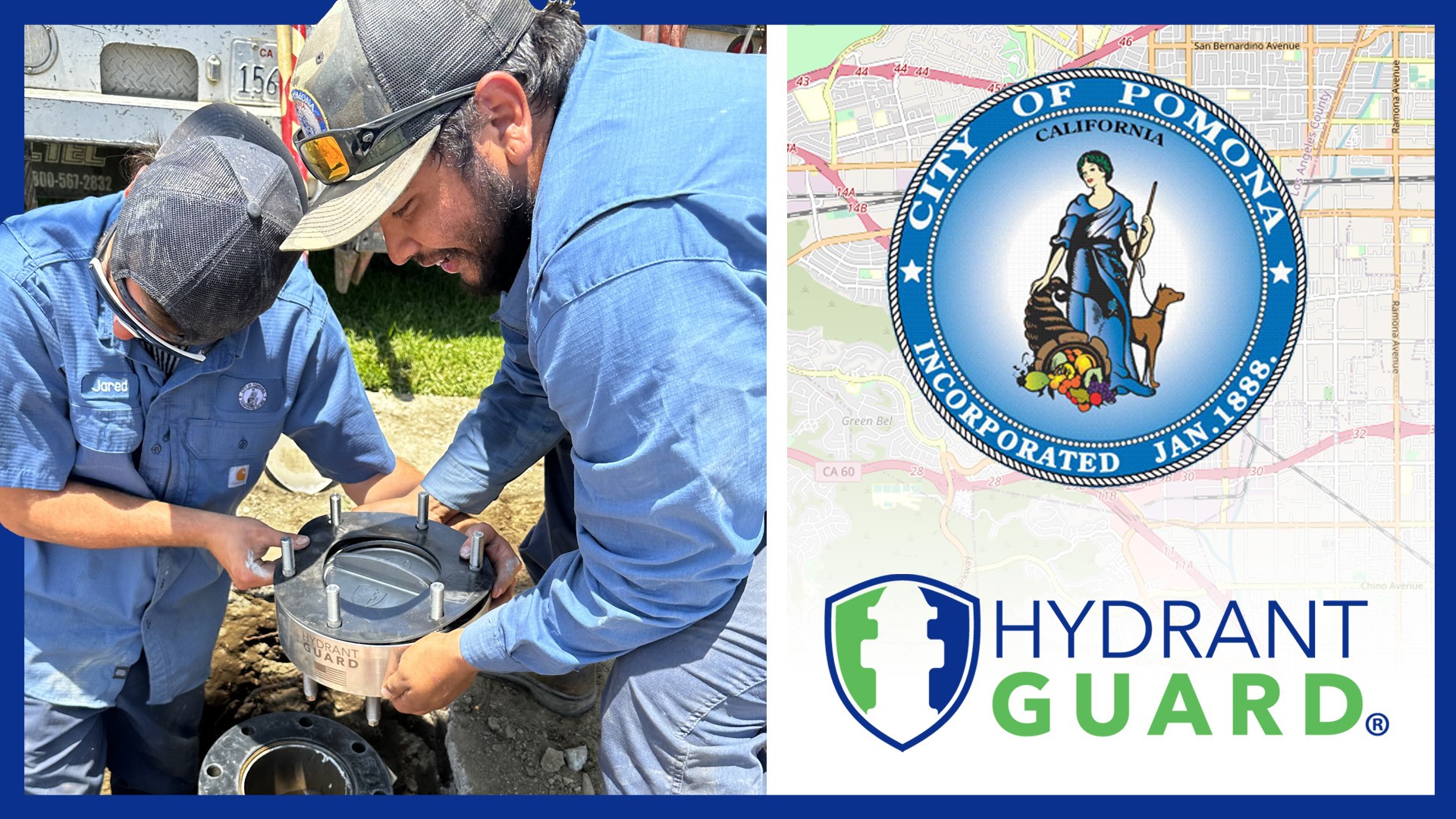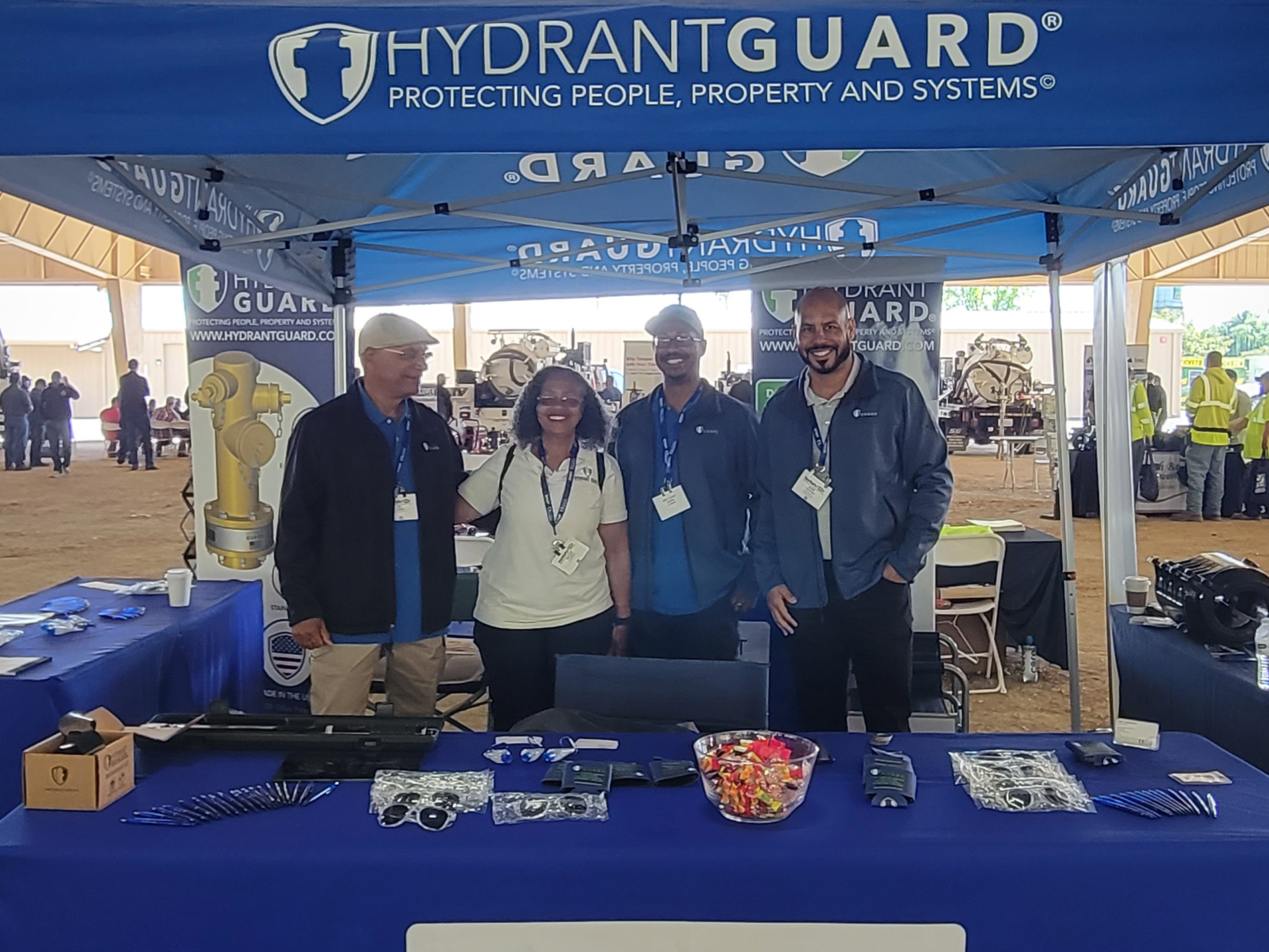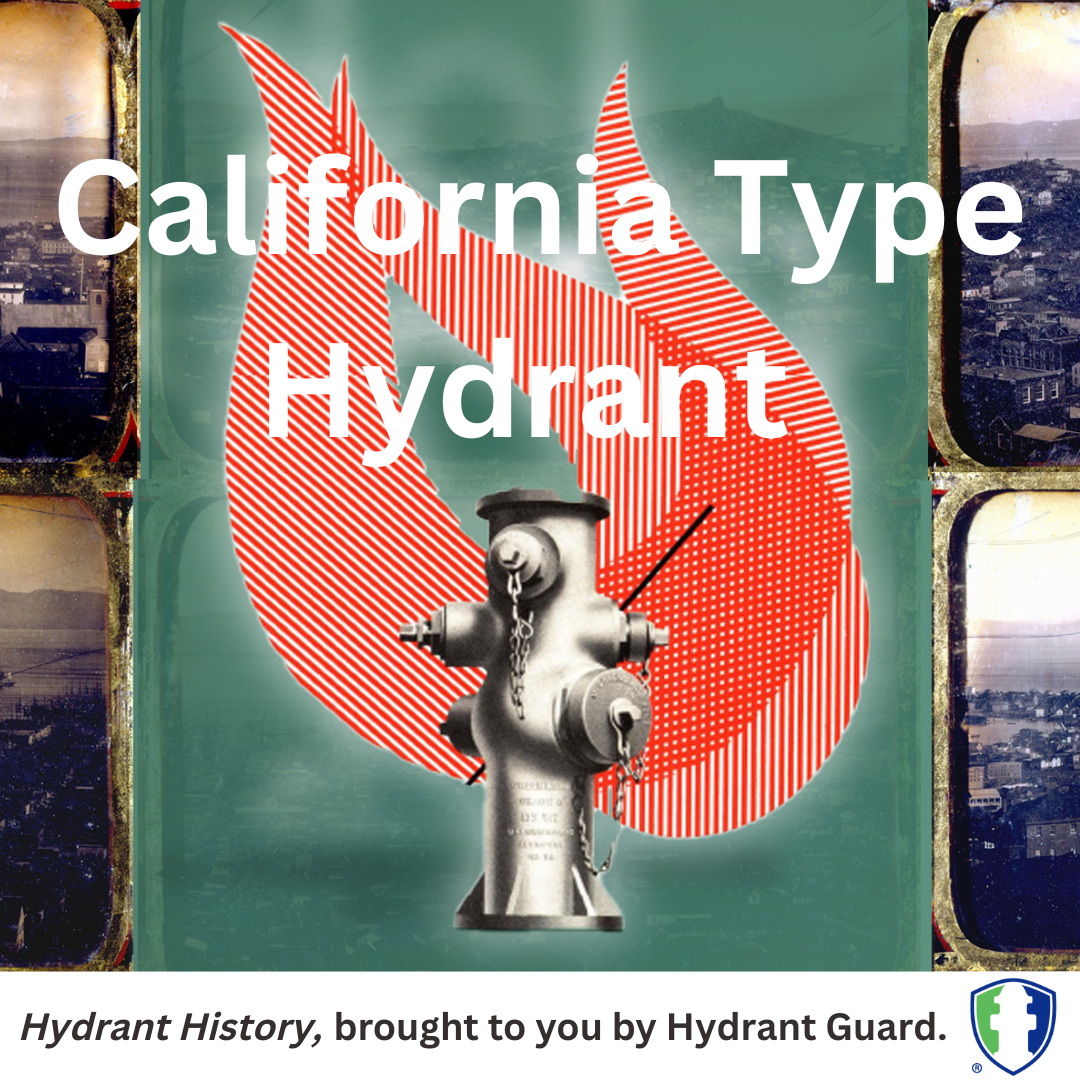History of Water Supply: What We Learned from Early Water Management Systems
Innovative water management practices have sprung up all over the world in different forms, influenced by local hydrological and hydrogeological conditions. Every new settlement, town or city, demands an understanding of how local water sources work, including how to exploit and protect them. And this is no less important today than it was in the past.
Some of the oldest water management inventions are wells for drawing on underground sources, and cisterns and reservoirs for collecting rainwater and snowmelt. But there are other more surprising examples from past civilizations that continue to astound us today.

